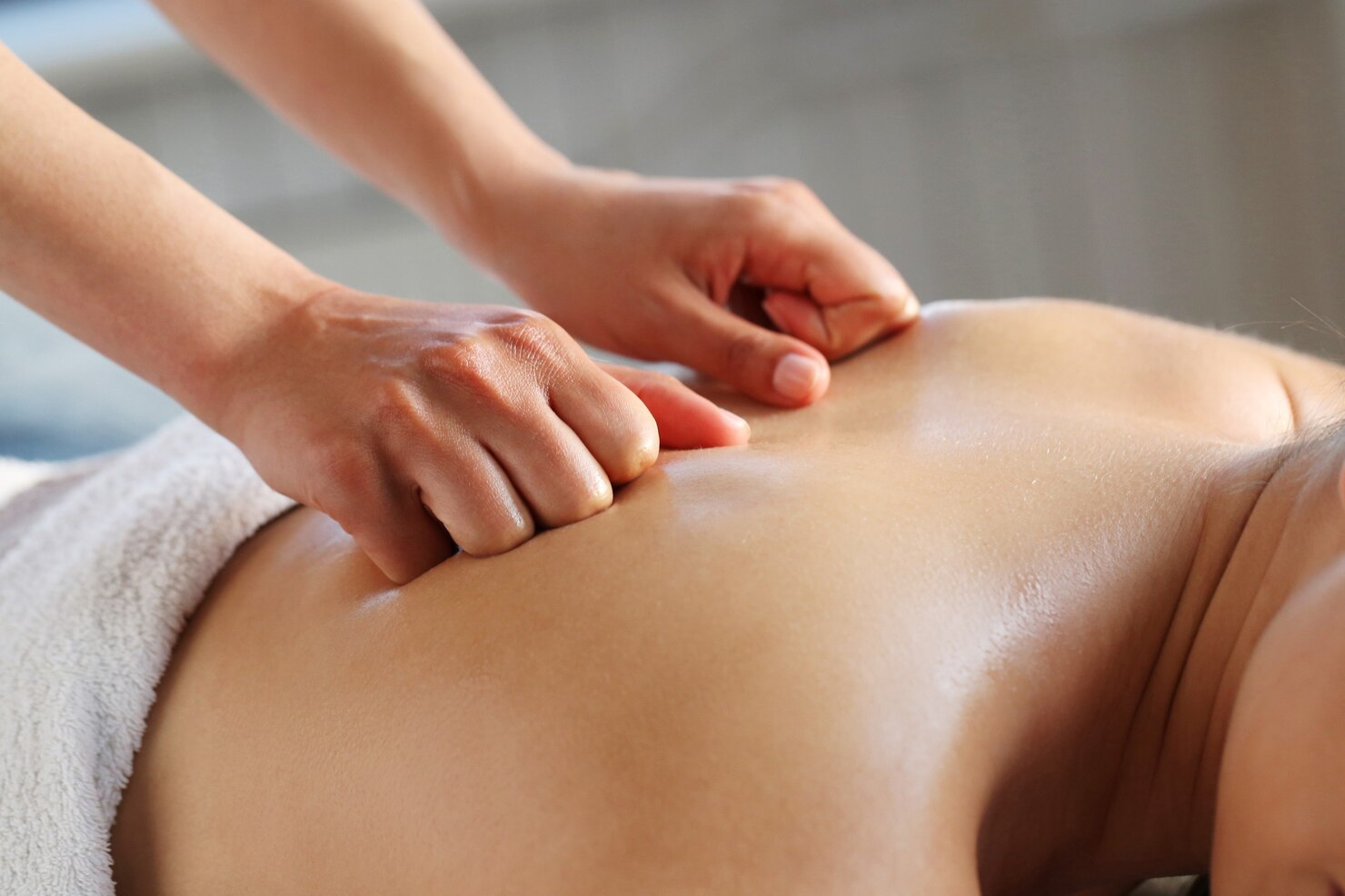
In the past, massages were a luxury mostly for the affluent, but today, they are increasingly popular due to growing awareness of their long-term benefits. Many healthcare professionals now view massage therapy as a viable treatment option. Some health insurance companies are offering coverage for this therapy, which is acknowledged for its numerous health advantages. And some doctors even prescribe it as part of standard treatment for certain conditions. Massage therapy has a rich history in various cultures worldwide. In the U.S., it has been integrated into complementary and alternative medicine. Skilled therapists use hands-on techniques involving movement and pressure to manipulate specific body areas. Studies indicate that a single session can alleviate anxiety, lower heart rate and blood pressure. Regular sessions may also reduce pain, depression, and general anxiety.

What are the physical mechanisms behind the effectiveness of massage therapy?
Some compelling studies suggest that the reason massage is so beneficial to our physiology lies in its ability to enact pain signal-blocking in the body, as well as the stimulation of endorphins, serotonin release, and positive mechanical changes. These mechanisms, of course, serve to relieve stress and tension, boost circulation, and enhance overall relaxation and sleep.
More specifically, regular massage therapy has been shown to impart the following benefits:
• Lower Blood Pressure— Massage therapy has been found to lower blood pressure. In fact, recent studies have shown that regular massages were associated with lower blood pressure compared to simple relaxation techniques.
• Chronic Pain Relief— Massage therapy is a natural, drug-free, and non-invasive approach for chronic pain relief. It is particularly beneficial for conditions like chronic back pain and migraines, improving overall quality of life.
• Better Posture— Massage therapy enhances blood flow and reduces muscle tension, promoting joint flexibility. Improved joint mobility contributes to better posture by reducing stiffness and increasing range of motion. Effective massage techniques for posture improvement include Swedish massage, sports massage, and deep-tissue massage.
• Increased Energy— Massage therapy has been reported to increase energy levels by promoting relaxation and reducing muscle tension, which can alleviate feelings of fatigue. By enhancing blood circulation and releasing endorphins, massage contributes to an overall sense of rejuvenation and vitality, making it a potential remedy for reducing fatigue and boosting energy levels.
• A Strong Immune System— Massage therapy has been associated with a potential boost to the immune system. Through mechanisms such as reduced stress and increased circulation, massage may contribute to a stronger immune response. The relaxation induced by massage has been linked to a decrease in stress hormones, potentially enhancing the body’s ability to defend against illnesses and support overall immune function.

